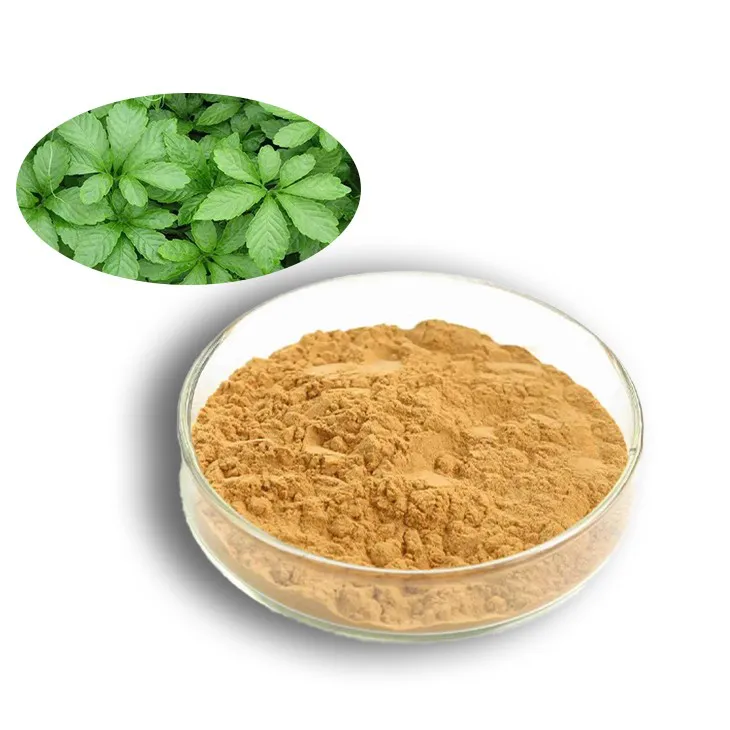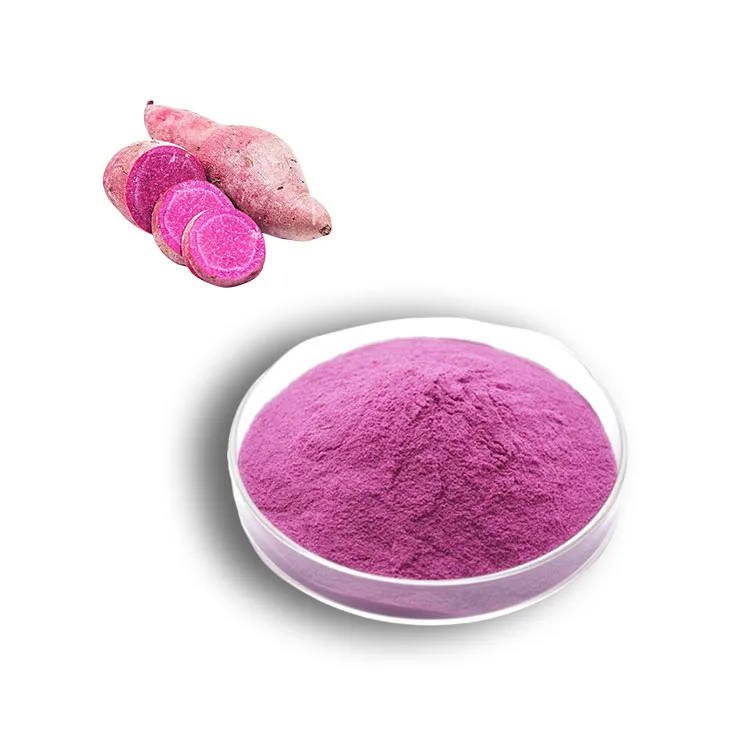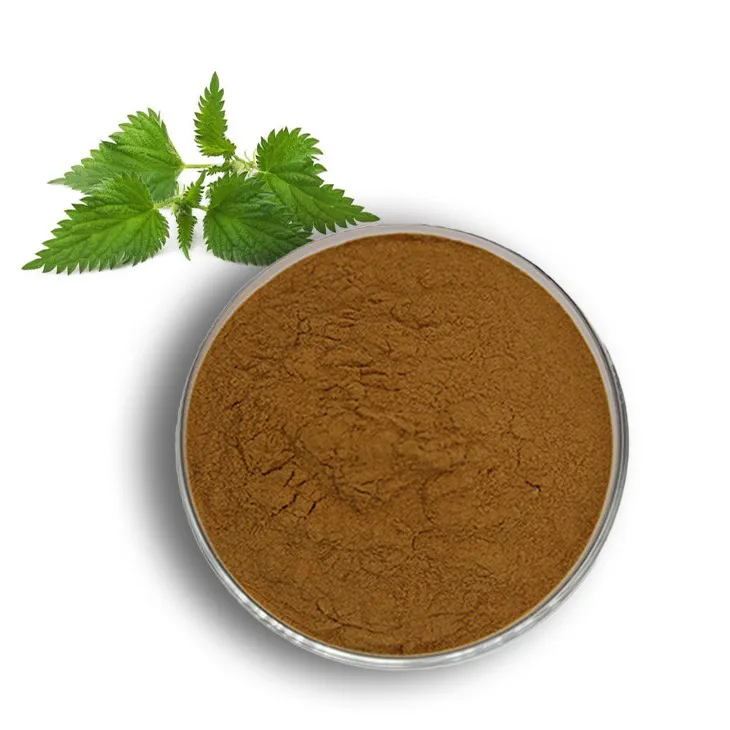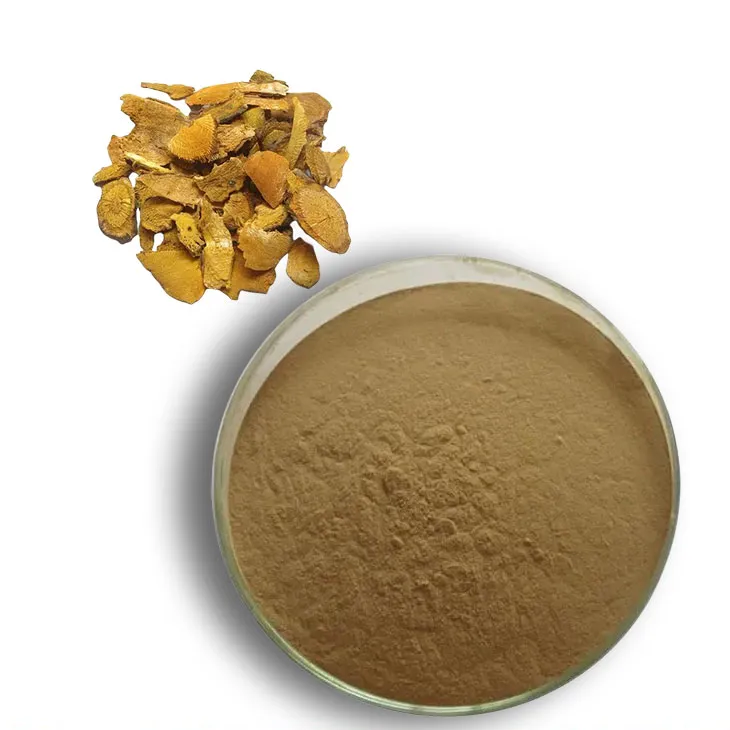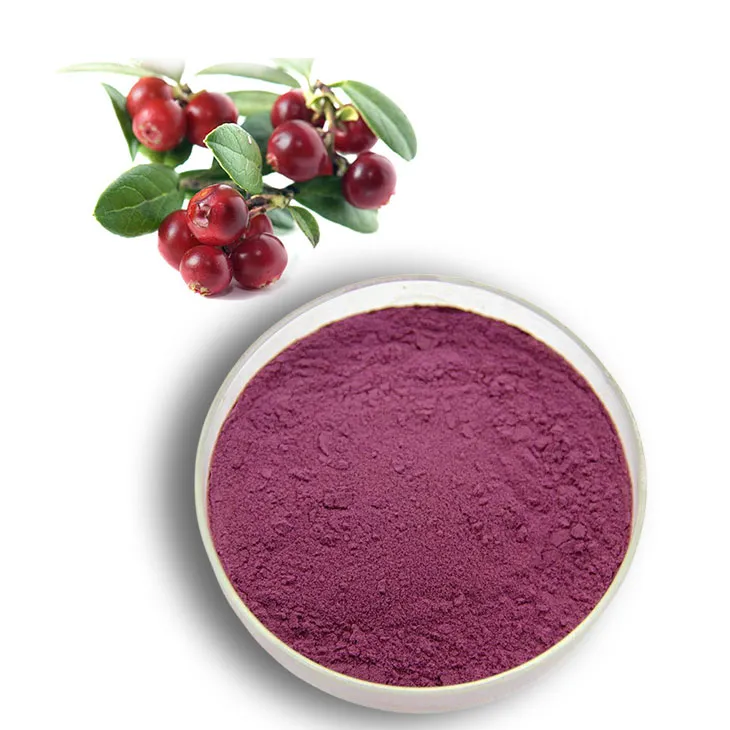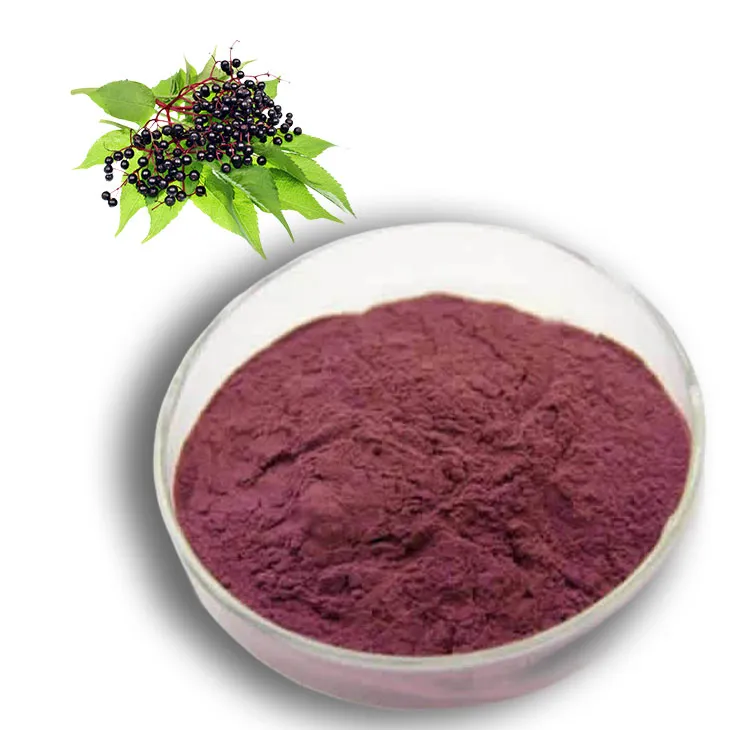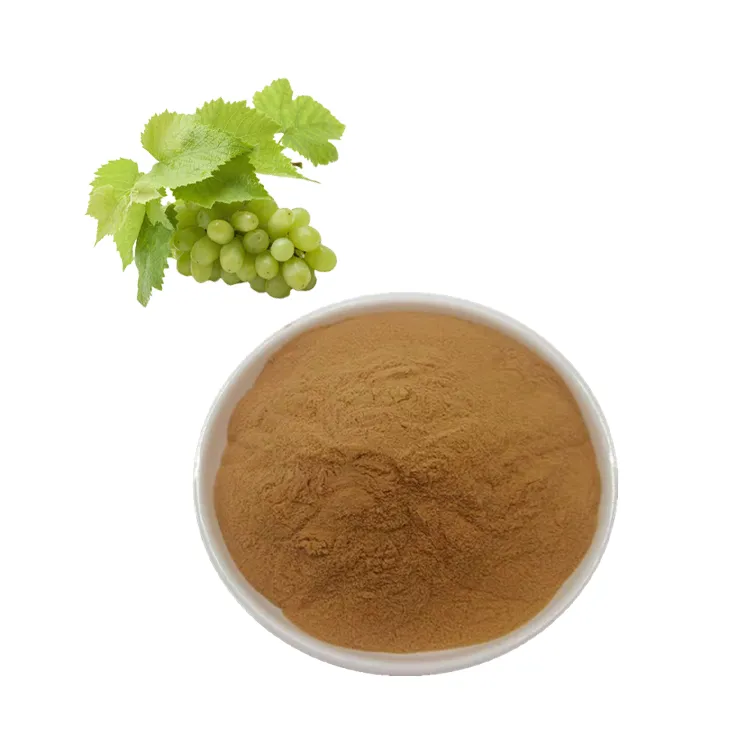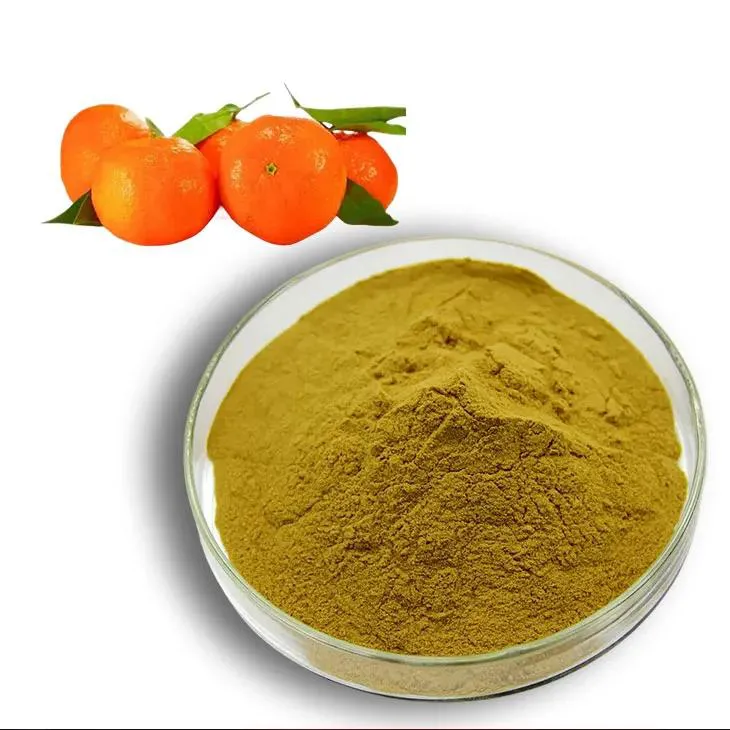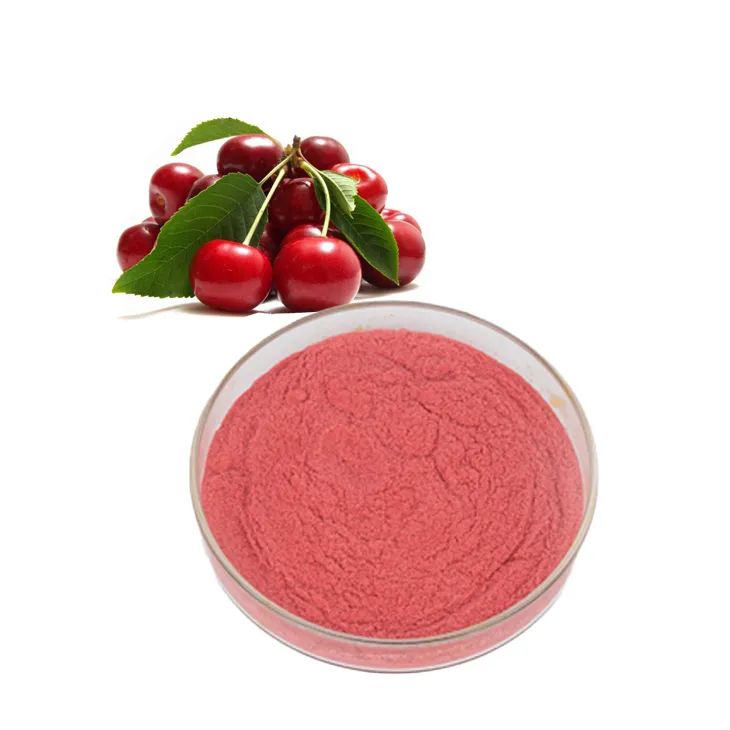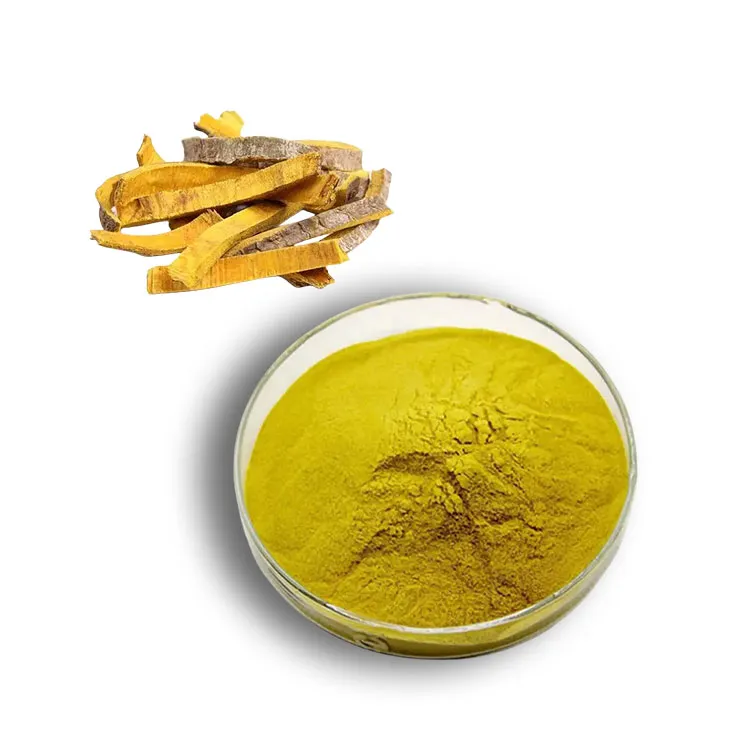- 0086-571-85302990
- sales@greenskybio.com
Deciphering the Chemical Composition: Active Ingredients in Chasteberry Extract
2024-07-04
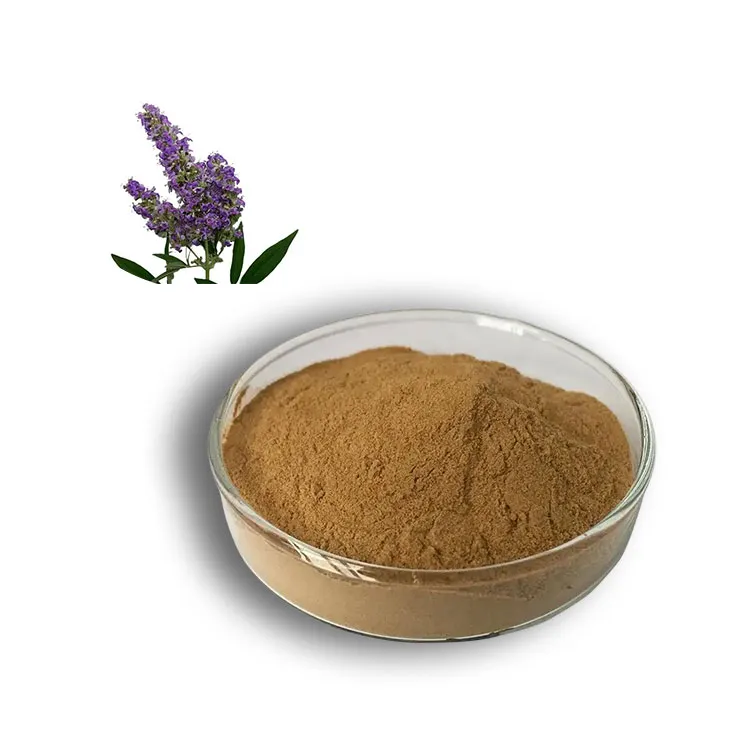
1. Introduction
Chasteberry, also known as Vitex agnus - castus, has a long history of use in traditional medicine. The extract of chasteberry is of particular interest due to its potential health benefits. Understanding the active ingredients within this extract is crucial for unraveling the mechanisms behind its efficacy.
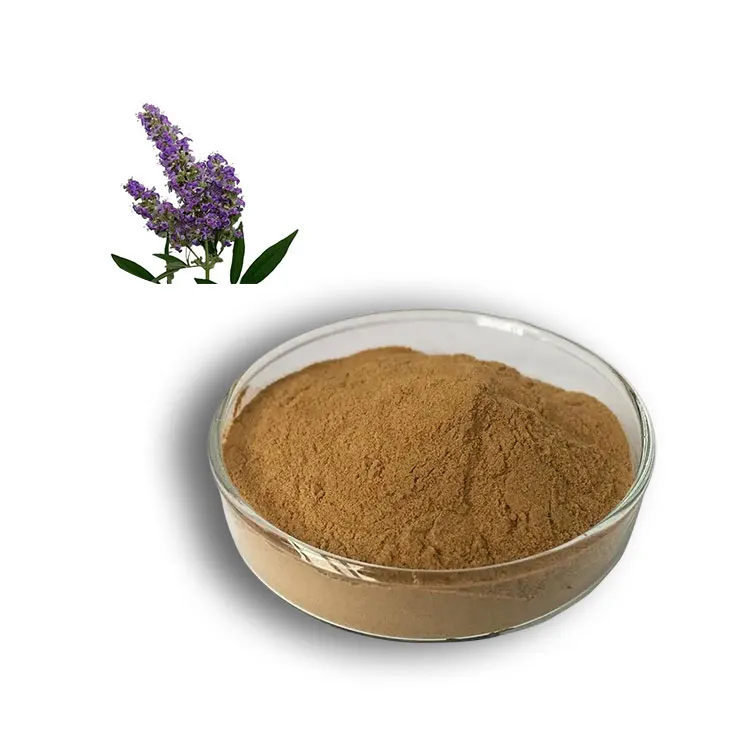
2. Hormonal Regulation by Chasteberry Extract
2.1. Dopamine Agonist Activity
One of the key active ingredients in Chasteberry Extract is believed to be compounds with dopamine agonist activity. Dopamine plays a significant role in the regulation of the hypothalamic - pituitary - gonadal (HPG) axis.
By acting as a dopamine agonist, the active ingredients in Chasteberry Extract can influence the secretion of prolactin. High levels of prolactin can disrupt the normal hormonal balance, especially in relation to the menstrual cycle. The dopamine - like activity helps to suppress excessive prolactin release, which in turn can have a positive impact on hormonal regulation.
2.2. Interaction with Estrogen and Progesterone Receptors
Some components in the chasteberry extract may interact with estrogen and progesterone receptors. This interaction is complex and not fully equivalent to the action of endogenous hormones.
It is thought that the extract can have a modulating effect on estrogen and progesterone levels. In some cases, it may help to balance estrogen - progesterone ratios, which is important for normal menstrual function. For example, in women with luteal phase defects, chasteberry extract may enhance progesterone activity, potentially improving the chances of successful implantation in the case of fertility - related issues.
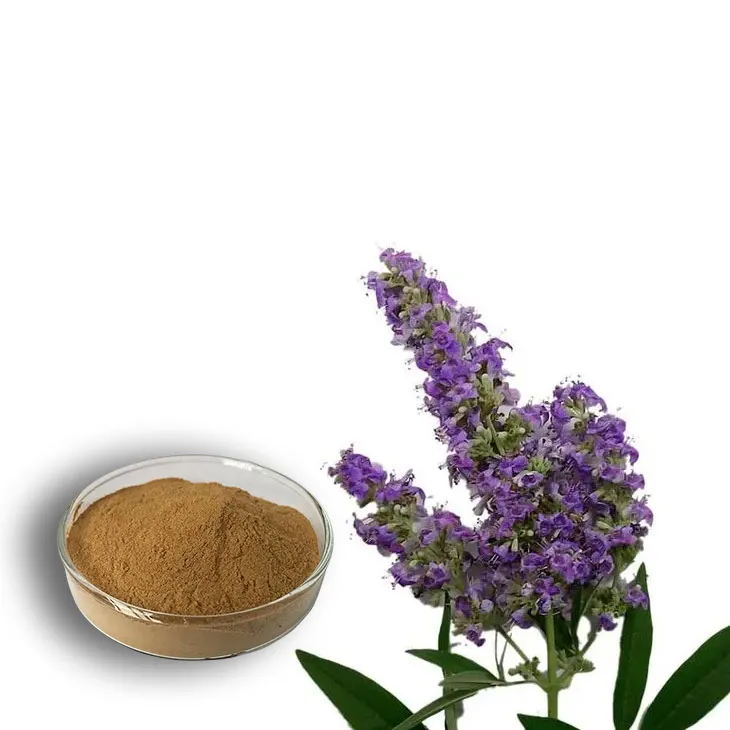
3. Active Ingredients and Their Structures
3.1. Flavonoids
Flavonoids are a major group of active ingredients in chasteberry extract. Flavonoids such as casticin, isovitexin, and orientin are present. These flavonoids have antioxidant properties, which will be discussed further in the antioxidant section.
Their chemical structures are characterized by a phenyl - benzopyrone backbone. The presence of hydroxyl groups and other substituents on the flavonoid structure can influence their biological activities. For instance, the number and position of hydroxyl groups can affect their ability to interact with cellular receptors and enzymes.
3.2. Terpenoids
Terpenoids are another important class of compounds in chasteberry extract. They are composed of isoprene units and can vary in size and structure. Some terpenoids in chasteberry extract may contribute to its hormonal regulatory effects.
For example, certain terpenoids may have an impact on the communication between cells in the endocrine system. Their lipophilic nature allows them to cross cell membranes easily, enabling them to interact with intracellular receptors or enzymes involved in hormonal signaling pathways.
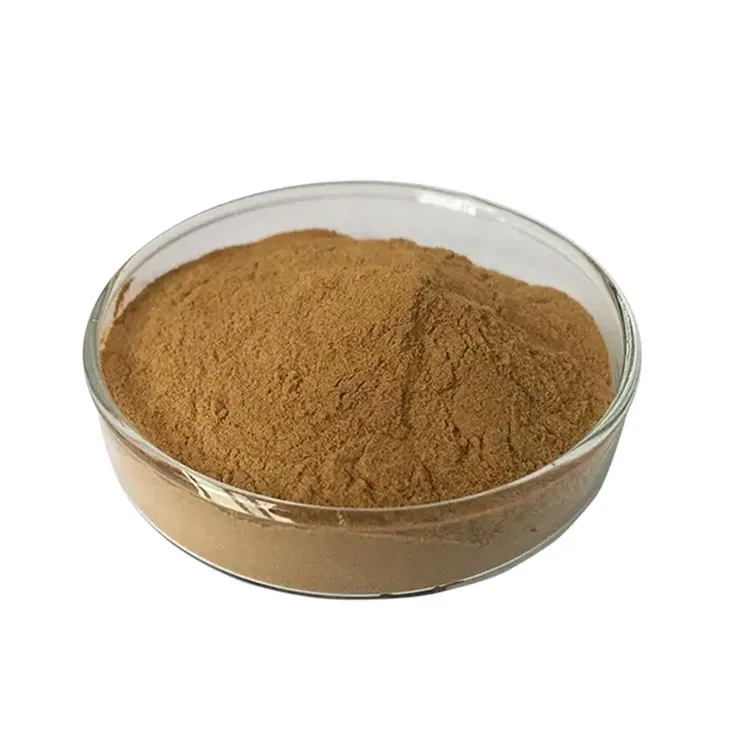
4. Antioxidant Effects of Chasteberry Extract
4.1. Free Radical Scavenging by Flavonoids
As mentioned earlier, the flavonoids in chasteberry extract are important for their antioxidant properties. They act as free radical scavengers, which is essential for protecting cells from oxidative damage.
Free radicals are highly reactive molecules that can cause damage to DNA, proteins, and lipids within cells. Flavonoids can donate electrons to these free radicals, neutralizing them and preventing them from causing further harm. This antioxidant activity may contribute to the overall health - promoting effects of chasteberry extract, such as reducing inflammation and protecting against certain chronic diseases.
4.2. Synergistic Antioxidant Activity
The different active ingredients in chasteberry extract may work together in a synergistic manner to enhance antioxidant effects. For example, the flavonoids and terpenoids may interact to create a more potent antioxidant environment.
This synergy could be due to different mechanisms of action. Flavonoids may directly scavenge free radicals, while terpenoids could modulate cellular antioxidant defense systems, such as by upregulating antioxidant enzymes. Together, they can provide a more comprehensive protection against oxidative stress.
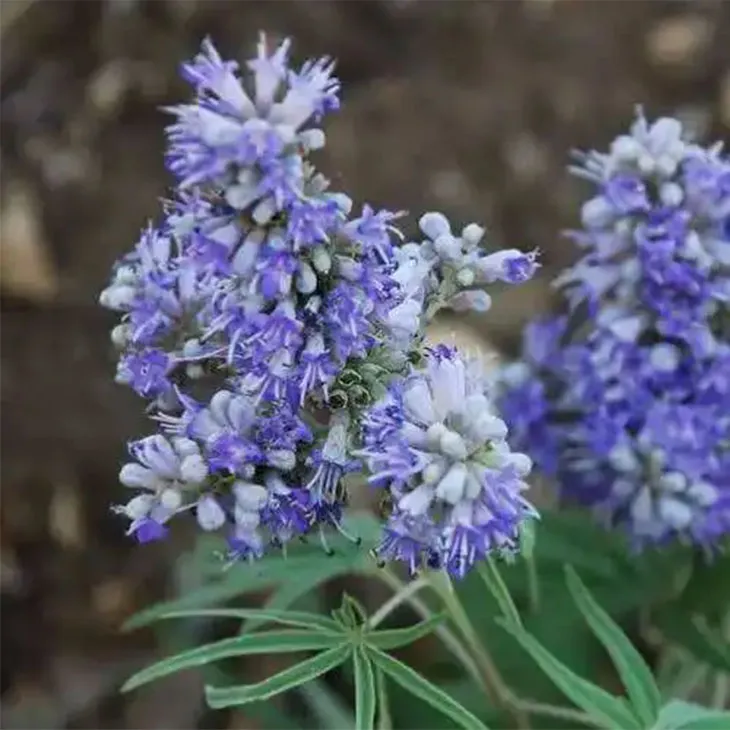
5. Other Potential Health Benefits
5.1. Anti - inflammatory Effects
The antioxidant activity of chasteberry extract may be related to its anti - inflammatory effects. Oxidative stress is often associated with inflammation, and by reducing oxidative damage, the extract may also help to dampen inflammatory responses.
In addition, some of the active ingredients may directly interact with inflammatory mediators. For example, certain flavonoids may inhibit the production of pro - inflammatory cytokines, which are signaling molecules involved in the inflammatory process. This anti - inflammatory action could be beneficial for conditions such as acne, which is often associated with inflammation in the skin.
5.2. Impact on Mood and Well - being
Given the influence of chasteberry extract on hormonal regulation, it may also have an impact on mood and well - being. Hormonal imbalances can contribute to mood disorders such as premenstrual syndrome (PMS) and depression.
By normalizing hormonal levels, the extract may help to relieve symptoms such as mood swings, irritability, and anxiety associated with PMS. Additionally, the dopamine - agonist activity may have a direct effect on mood regulation, as dopamine is involved in the brain's reward and pleasure pathways.
6. Quality Control and Standardization
When it comes to the use of chasteberry extract in natural remedies, quality control and standardization are of utmost importance. The content of active ingredients can vary depending on factors such as the plant's origin, the extraction method, and the processing conditions.
- For reliable and consistent therapeutic effects, it is necessary to establish standardized extraction protocols. These protocols should ensure that the extract contains a consistent amount of the key active ingredients.
- Analytical methods such as high - performance liquid chromatography (HPLC) can be used to determine the content of flavonoids, terpenoids, and other active ingredients in the extract. This allows for quality control and the ability to compare different batches of the extract.
7. Conclusion
In conclusion, chasteberry extract contains a variety of active ingredients that contribute to its hormonal regulatory, antioxidant, anti - inflammatory, and mood - modulating effects. Understanding these active ingredients and their mechanisms of action is essential for further research and the development of safe and effective natural remedies based on chasteberry extract.
However, more research is still needed to fully elucidate the complex interactions between the active ingredients and their long - term effects on human health. With proper quality control and standardization, chasteberry extract has the potential to be a valuable addition to the field of natural medicine.
FAQ:
What are the main active ingredients in chasteberry extract?
The main active ingredients in chasteberry extract include flavonoids, diterpenes, and iridoid glycosides. Flavonoids are known for their antioxidant properties and potential role in various physiological processes. Diterpenes may contribute to the hormonal regulation effects associated with chasteberry extract. Iridoid glycosides also play a part in the overall activity of the extract.
How do the active ingredients in chasteberry extract regulate hormones?
The diterpenes in chasteberry extract are thought to interact with the hypothalamus - pituitary - gonadal axis. This interaction can potentially influence the release of hormones such as prolactin. By modulating the levels of certain hormones, it may help in conditions related to hormonal imbalance, like premenstrual syndrome.
What antioxidant effects do the active ingredients in chasteberry extract have?
The flavonoids present in chasteberry extract are mainly responsible for its antioxidant effects. They can scavenge free radicals in the body, which are unstable molecules that can cause damage to cells. By reducing oxidative stress, the flavonoids may contribute to overall health and potentially help prevent certain diseases.
Are there any side effects related to the active ingredients in chasteberry extract?
In general, when used as directed, chasteberry extract is considered safe for most people. However, some individuals may experience mild side effects such as gastrointestinal discomfort. This could potentially be related to the active ingredients, but more research is needed. Pregnant and breastfeeding women should avoid using it as its effects on fetal development and lactation are not fully understood.
How can one ensure the quality of chasteberry extract and its active ingredients?
To ensure the quality of chasteberry extract, it is important to choose products from reputable manufacturers. Look for products that are standardized to contain a certain percentage of active ingredients. Third - party testing can also be an indication of quality. Additionally, proper storage conditions, such as keeping it in a cool, dry place away from sunlight, can help maintain the integrity of the active ingredients.
Related literature
- Analysis of Active Compounds in Chasteberry Extract: A Review"
- "The Role of Chasteberry Extract Active Ingredients in Hormonal Health"
- "Antioxidant Activity of Chasteberry Extract: Contribution of Active Components"
- ▶ Hesperidin
- ▶ Citrus Bioflavonoids
- ▶ Plant Extract
- ▶ lycopene
- ▶ Diosmin
- ▶ Grape seed extract
- ▶ Sea buckthorn Juice Powder
- ▶ Fruit Juice Powder
- ▶ Hops Extract
- ▶ Artichoke Extract
- ▶ Mushroom extract
- ▶ Astaxanthin
- ▶ Green Tea Extract
- ▶ Curcumin
- ▶ Horse Chestnut Extract
- ▶ Other Product
- ▶ Boswellia Serrata Extract
- ▶ Resveratrol
- ▶ Marigold Extract
- ▶ Grape Leaf Extract
- ▶ New Product
- ▶ Aminolevulinic acid
- ▶ Cranberry Extract
- ▶ Red Yeast Rice
- ▶ Red Wine Extract
-
Gynostemma pentaphyllum extract
2024-07-04
-
Purple Sweet Potato Extract
2024-07-04
-
Nettle Root Extract
2024-07-04
-
Giant Knotweed Extract
2024-07-04
-
Bilberry Extract
2024-07-04
-
Elderberry Extract
2024-07-04
-
Grape Leaf Extract
2024-07-04
-
Citrus bioflavonoids
2024-07-04
-
Acerola Extract
2024-07-04
-
Phellodendron Extract
2024-07-04











